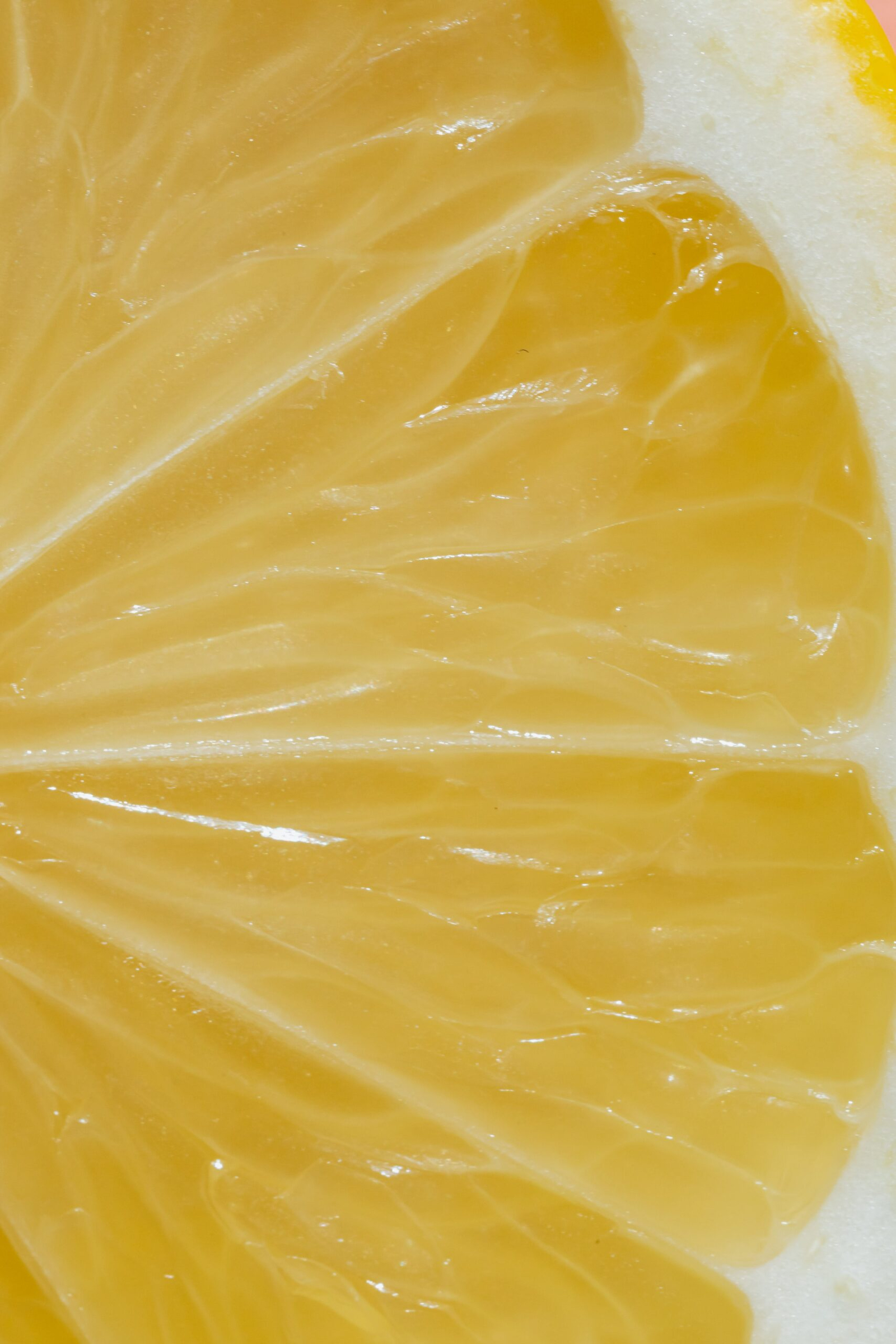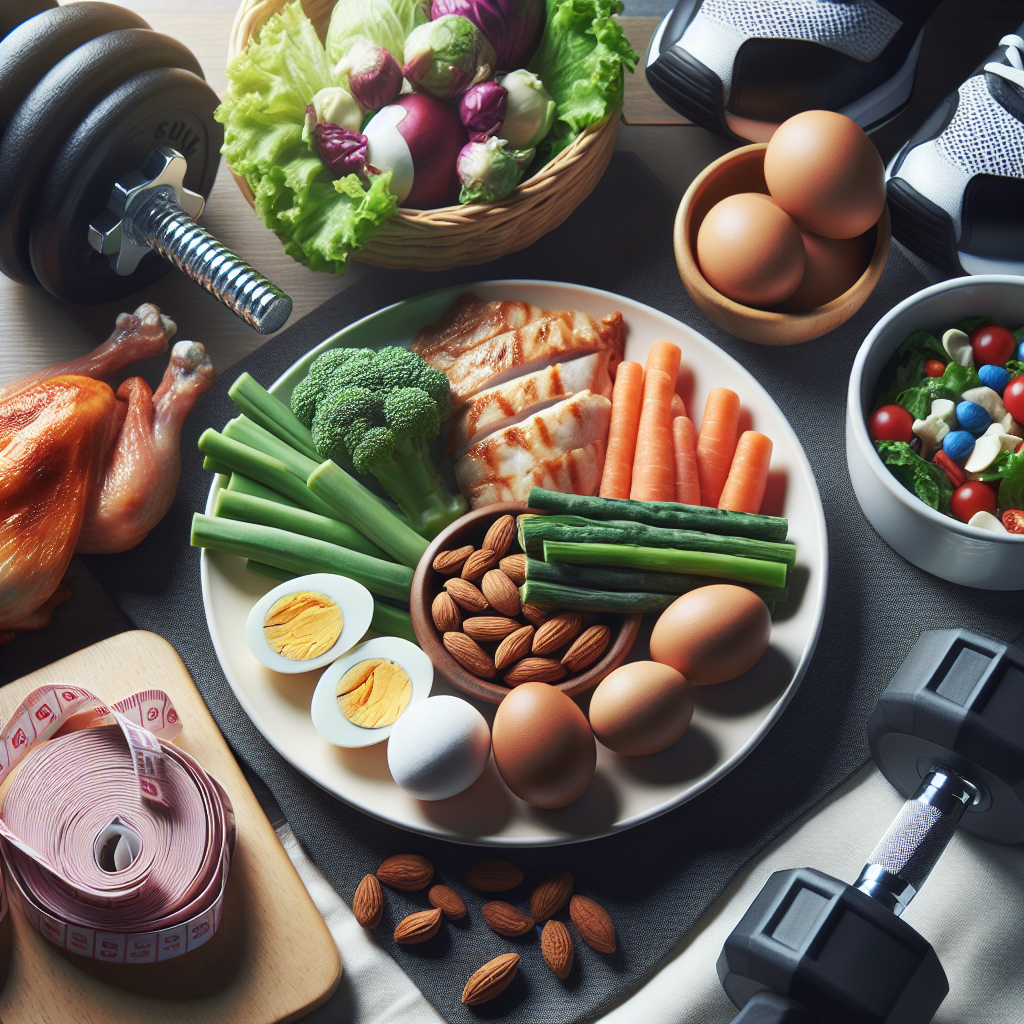How to Diet and Build Muscle: A Comprehensive Guide
Embarking on a journey to reshape your body through diet and muscle-building can be daunting, but it doesn’t have to be. “How to Diet and Build Muscle: A Comprehensive Guide” is your playbook for success, packed with actionable, expert advice on how to craft your dieting strategy, optimize your workouts, and ultimately transform your body. It’s not just instructions; it’s a blueprint designed around you and your unique goals. This guide equips you with crucial knowledge that turns your ambitious bodybuilding aims into reality. Let’s get started on this voyage to become the best version of yourself.
Understanding the Basics of Muscles and Diet
Building muscle goes beyond lifting weights and working out; the foods you consume play a significant role in your muscle-building journey. You must understand the essential components of muscle development and the impact of diet on these processes to maximize your gains.
The physiology of muscle growth
Muscle growth, scientifically known as muscle hypertrophy, begins with resistance training. This practice creates small tears in your muscle fibers, rendering demands on your body to renovate and strengthen them. Protein synthesis occurs where amino acids (protein’s building blocks) reconstruct these fibers, resulting in muscle growth.
Importance of nutrition in muscle building
Nutrition is a key player in muscle development. It fuels your workouts, aids in muscle recovery and growth, and optimizes your overall health. A balanced diet rich in protein, healthy fats, and carbohydrates is vital to support your muscle-building efforts and to ensure your body functions at its best.
Common misconceptions about muscle growth and diet
There’s quite a lot of disinformation about diet and muscle growth out there. Many people think that eating as much protein as possible is the key to gaining more muscle. While protein is essential, consuming it in excess doesn’t equate to more muscle gain. Your body needs a balanced diet of macronutrients for optimal results. Also, contrary to popular belief, women won’t bulk up like men, no matter how many weights they lift or how much protein they consume, mainly due to hormonal differences.
Setting Realistic Goals
Setting unrealistic goals can set you up for disappointment and failure. It’s crucial to understand your body and its capabilities before you set your goals.
Knowing your current health status
Before embarking on any Fitness journey, you need to understand your current state of health. This may include knowing your weight, body fat percentage, muscle mass, and any existing health conditions. It may also be prudent to consult with your doctor or a fitness professional before commencing an intense training program.
Deciding on your muscle gain goal
Setting a clear and realistic muscle gain goal is paramount. Maybe you aim to gain a certain amount of muscle mass or want to increase the size of a specific muscle group. Regardless, having a tangible, feasible goal can motivate you to stick with your regimen and track your progress.
Specifying your time frame
Gaining muscle is neither an overnight nor a one-size-fits-all process. Your genetics, age, diet, workout routine, and commitment can all influence the pace of muscle growth. Be patient and set a realistic time frame for your goal, understanding that real progress takes time.

Developing a Workout Routine
Your workout routine is your blueprint for muscle growth. It should be designed to push your body beyond its comfort zone, triggering muscle hypertrophy.
Types of training for muscle growth
Resistance training or strength training, using either your body weight or external weights, is the most effective for muscle growth. However, a well-rounded fitness regimen should also include cardio for heart health and flexibility workouts for mobility.
Creating a balanced workout plan
A balanced workout plan targets all major muscle groups and includes a range of exercises. You should incorporate compound movements like squats and bench presses that work multiple muscles at a time, and isolation exercises like bicep curls and calf raises that focus on one muscle group.
How to progress in your training
Progressive overload is a critical principle in muscle building, which involves continuously increasing the demands on your muscles. You can achieve this by hiking up the weights, performing more reps or sets, or reducing rest time between sets.
Creating a Balanced Diet Plan
Your diet plays a significant role in muscle building and should be in sync with your workout routine.
Determining your calorie requirement
You need to consume more calories than you burn to gain muscle. Your calorie requirement depends on various factors such as age, gender, physical activity level, and muscle gain goals.
Understanding macronutrients distribution
The three macronutrients—protein, carbohydrates, and fats—are all crucial for muscle growth. Protein for muscle repair, carbs for energy, and fats for essential bodily functions. Ensure your diet contains a balanced mix of these macronutrients, according to your bodily needs.
Importance of hydration
Drinking ample water aids in nutrient transport and muscle recovery, and prevents dehydration, which can impair your workout performance. Aim to drink at least 8 cups of water per day, and more if you’re exercising intensely or living in a hot climate.

Choosing the Right Food
The quality of your calories matters just as much as the quantity. Incorporate nutrient-dense foods into your diet plan to gain muscle effectively and healthfully.
Food rich in protein
Protein serves as the building block for muscle. Foods rich in high-quality protein, like lean meat, fish, eggs, dairy, and legumes, should feature prominently in your diet.
Importance of carbohydrates and fats
Carbohydrates are your body’s preferred energy source, fueling your workouts and daily activities. Healthy fats support essential bodily functions and nutrient absorption. Foods like whole grains, fruits, vegetables, nuts, and seeds are excellent sources of carbohydrates and fats.
Healthy snacks for muscle building
Healthy snacks can be the ladder to meet your daily calorie and nutrient needs. Options like Greek yogurt, protein bars, nuts, fruits, and smoothies are excellent choices.
Understanding the Role of Protein
To build muscle, your body needs more protein than it breaks down, creating a positive protein balance.
Why protein is essential for muscle growth
Protein provides the building blocks (amino acids) your body uses to repair and grow muscle tissue. This process enhances after resistance workouts, creating the ideal circumstance for muscle growth.
Best time to consume protein
While protein timing isn’t as essential as once thought, it’s beneficial to consume protein throughout the day and around your workouts. Having some protein before and after your workouts can aid muscle protein synthesis and recovery.
Vegetables and vegan sources of protein
For vegans or those who prefer plant-based proteins, there are plenty of alternatives—lentils, chickpeas, tofu, tempeh, edamame, and quinoa are fantastic sources of protein.

Supplements and Muscle Building
While a balanced diet should meet the majority of your nutritional needs, certain supplements can provide added support for muscle growth.
Types of supplements
Protein powders, creatine, branched-chain amino acids (BCAAs), and multivitamins are popular supplements that can support muscle growth, energy, recovery, and overall health.
When and how to use supplements
Supplements should not replace whole foods but can be used when dietary amounts are insufficient or impractical. For instance, protein powder can be a convenient post-workout supplement when a meal isn’t immediately available.
Benefits and potential risks of supplements
Although supplements can aid muscle development, they aren’t necessary for everyone and should be used wisely. Always consult a professional before starting any supplement to understand the potential benefits, risks, and correct usage.
Importance of Rest and Recovery
Rest and recovery are often overlooked components of muscle growth, but they are just as important as working out and eating well.
How rest aids muscle growth
Rest periods give your body time to repair, rebuild and strengthen your muscles. Overworking can lead to muscle breakdown instead of growth.
Understanding the sleep and muscle growth connection
A good night’s sleep promotes recovery and growth hormone release, beneficial for muscle development. Aim for at least 7-9 hours of sleep per night.
Active recovery exercises
Active recovery involves low-intensity exercises on your off-training days. These activities—like walking, cycling, or yoga—promote blood flow and quicken recovery.

Addressing Plateaus in Muscle Gain
Progress isn’t always linear; muscle gain plateaus are common, but they can be tackled effectively.
Identifying a plateau
If you’re not seeing progress despite consistent workouts and a proper diet, you’ve likely hit a muscle-building plateau.
Strategies for overcoming plateaus
Switching your workout routine, adjusting your calorie intake, and considering rest and recovery may assist in breaking through a plateau.
When to seek professional help
If you’re struggling with persistent plateaus, it might be worthwhile to seek help from a fitness professional. They can provide personalized advice based on an in-depth understanding of your circumstances.
Sample Diet and Exercise Plan
While specific plans should be personalized, here are some general examples for guidance:
Sample daily meal plan for muscle growth
Breakfast: Oatmeal with fruits and whey protein. Lunch: Chicken breast with brown rice and veggies. Snack: Greek yogurt with almonds. Dinner: Baked salmon with sweet potatoes and green salad. Post workout: Whey protein shake.
Week-long workout plan
Day 1: Full body strength training Day 2: Cardio and flexibility Day 3: Upper body strength training Day 4: Cardio and mobility Day 5: Lower body strength training Day 6: Active recovery Day 7: Rest
Adjusting the plan based on progress
Remember to adjust your routine and diet as you progress. Continually challenging your body, progressively upping your calorie intake, and ensuring adequate recovery will keep you on track towards achieving your muscle-building goals.


